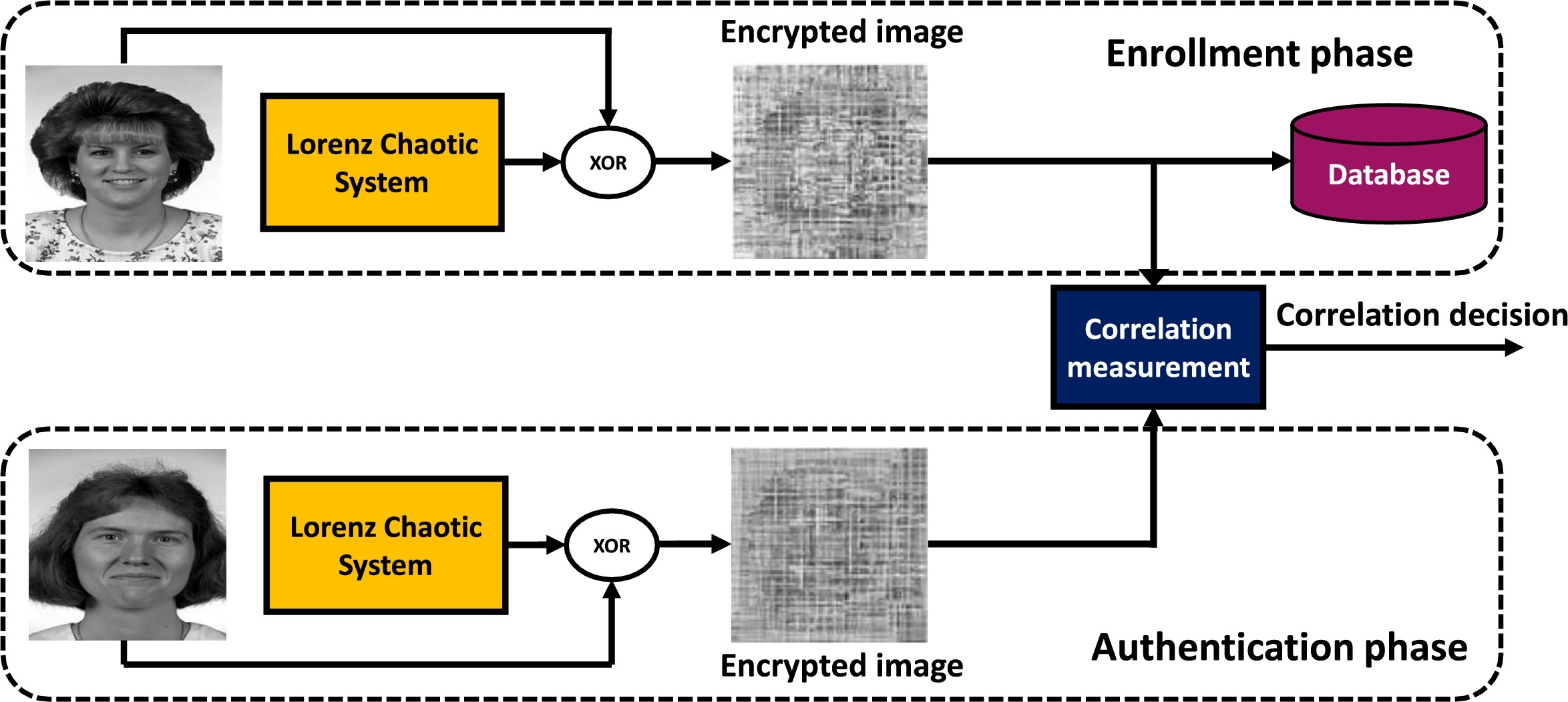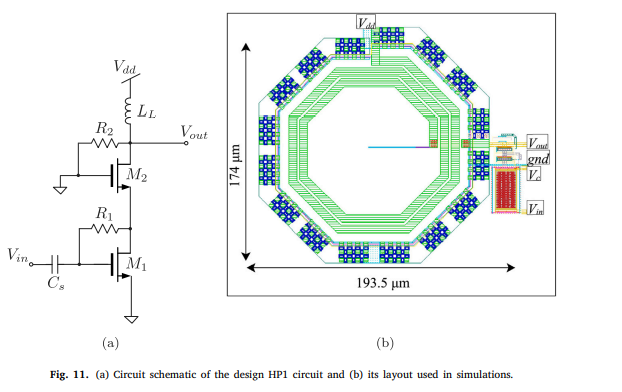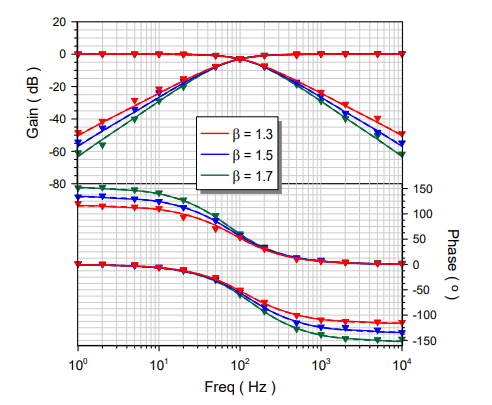Breadcrumb

Cancellable face recognition based on fractional-order Lorenz chaotic system and Haar wavelet fusion
Cancellable biometrics is the art of generating distorted or encrypted templates of original biometric templates. The evolution of cancellable biometrics is attributed to the advanced hacking technologies that can capture the original stored biometrics from databases. One of the solutions for this problem is to store cancellable biometric templates in the database rather than the original ones. This paper presents a cancellable face recognition scheme that is based on face image encryption with Fractional-Order (FO) Lorenz chaotic system. The basic idea is to generate user-specific random keys to be XORed with the red, green, and blue components of color face images. These keys are generated from the fractional-order Lorenz chaotic system. In addition, some post-processing is implemented on the encrypted color components of the face images with rotation and transposition of matrices. Finally, a wavelet fusion process is applied on these encrypted and processed face image components. The reason behind the utilization of wavelet fusion is to generate a single cancellable template for each color face image. Furthermore, wavelet fusion after post-processing of encrypted color components leads to a better degree of diffusion in the encrypted face templates. Actually, the encryption with the proposed algorithm is not full encryption, but it is appropriate for cancellable biometric applications. Moreover, the proposed scheme is secure due to the power of fractional-order Lorenz chaotic system that is very sensitive to initial conditions selected by the user. In addition, the post-processing incorporated with wavelet fusion is a non-invertible process. The validation of the proposed scheme is performed with experiments on FERET, LFW, and ORL databases. Evaluation metrics including Equal Error Rate (EER), Area under the Receiver Operating Characteristic (AROC) curve are utilized in the proposed scheme. Numerical values reveal EER levels close to zero and AROC values of 100% at low and mild noise levels. © 2021 Elsevier Inc.



